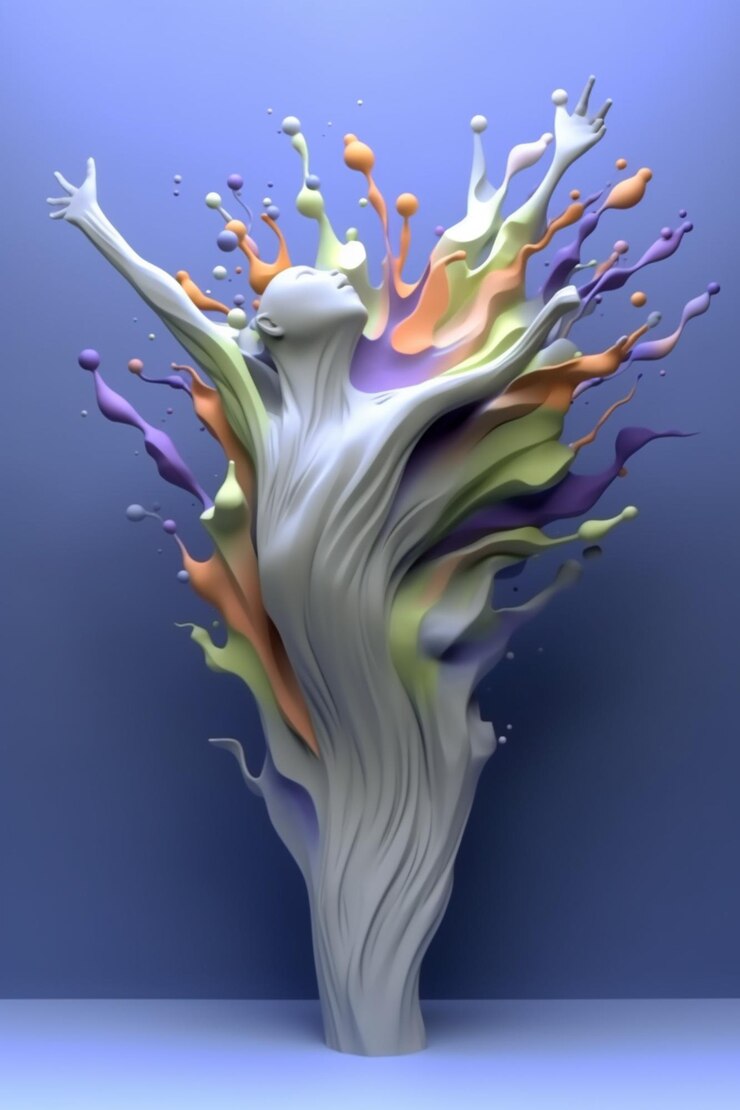Art has always been a reflection of our times, evolving with each passing era. Now, a new wave is sweeping through the creative landscape: Quartist. This emerging art form blends creativity and innovation in ways that are both captivating and thought-provoking. As artists experiment beyond traditional boundaries, the Quartist movement invites us to explore different dimensions of expression. If you’re curious about this fresh perspective on art and how it’s reshaping our understanding of creativity, you’re in for an exciting journey!
The Origin and Definition of Quartist
Quartist is a term that fuses the traditional concept of an artist with the influence of technology and contemporary culture. Its origins can be traced back to the early 21st century when creators began experimenting with mixed media, digital art, and interactive installations.
The essence of Quartist lies in its versatility. It bridges various artistic disciplines, including painting, sculpture, performance art, and digital creations. This form embraces collaboration across platforms and technologies.
At its core, a Quartist seeks to challenge conventional norms while engaging audiences in new ways. By merging different styles and techniques, they invite viewers into a dynamic experience rather than just passive observation. In doing so, Quartists redefine what it means to create art in our rapidly changing world.
How Quartist is Different from Other Art Forms
Quartist stands out in the vast realm of artistic expression. Unlike traditional art forms, it combines multiple disciplines into a cohesive whole. This fusion results in a rich tapestry of ideas and techniques.
While painting or sculpture tends to focus on one medium, Quartist embraces variety. Artists blend visual elements with performance, digital media, and even interactive installations. This dynamism invites audiences to engage deeply.
The creative freedom found within Quartist allows for exploration beyond conventional boundaries. It encourages experimentation and innovation that resonates with contemporary issues and emotions.
Moreover, the collaborative nature of Quartist often involves cross-disciplinary partnerships. Musicians may team up with visual artists or writers might collaborate with dancers, enriching the final product’s complexity.
This unique approach cultivates an inclusive environment where diverse voices can be heard and celebrated in fresh ways. Such characteristics truly set Quartist apart from other established art forms.
The Creative Process of a Quartist
The creative process of a Quartist is as dynamic as the art form itself. It begins with inspiration, which can come from anywhere—nature, urban landscapes, or even dreams. A Quartist taps into these stimuli to generate unique ideas.
Once an idea forms, sketching plays a vital role. Preliminary drawings help visualize concepts and layout. This stage is often fluid; adjustments are made on the fly.
Next comes the blending of mediums. Quartists might combine painting with digital elements or incorporate found objects to add depth and texture. Experimentation is key here.
Collaboration also enhances creativity in this realm. Many Quartists work alongside musicians or writers for multidimensional projects that push boundaries.
Reflection occurs after creating a piece. This step allows them to assess their work critically and consider how it resonates with viewers while staying true to their vision.
Examples of Famous Quartists and Their Work
The world of Quartist is vibrant and diverse, showcasing talent from various backgrounds. One standout figure is Maya Lin, known for her innovative use of space and light in installations that challenge perceptions.
Another notable artist is Olafur Eliasson. His work often incorporates natural elements, creating an immersive experience that connects the viewer with nature and reflection.
Then there’s Ai Weiwei, whose pieces provoke thought on social issues while blending traditional techniques with modern commentary. His ability to merge artistry with activism defines his unique approach as a Quartist.
We must mention Yayoi Kusama. With her iconic polka dots and infinity rooms, she transforms spaces into mesmerizing experiences that invite introspection. Each of these artists embodies the spirit of Quartist through their distinct styles and messages, pushing creative boundaries forward in exciting ways.
The Impact of Quartist on the Art World
Quartist is reshaping the landscape of contemporary art. This innovative blend captivates audiences with its multidimensional approach.
By combining various artistic techniques, quartists challenge traditional boundaries. Their work encourages viewers to engage in new ways, fostering a deeper connection with art.
The rise of quartist has also led to an increased appreciation for collaboration. Artists from different backgrounds are coming together to create unique pieces that celebrate diversity and innovation.
Art institutions are taking notice as well. Galleries and museums now feature quartsits prominently, recognizing their influence on modern creativity.
Emerging artists are inspired by this trend, exploring their own interpretations of the form. Quartist serves as a catalyst for experimentation, pushing creatives toward uncharted territories.
As it gains traction, quartist continues to inspire dialogue about what art can be. The movement invites us all to rethink our perceptions and embrace fresh perspectives.
Tips for Those Interested in Trying Out Quartist
If you’re eager to dive into the world of Quartist, start by exploring various mediums. Experiment with paints, digital tools, or even mixed media. Each medium offers a unique texture and feel that can inspire your creativity.
Next, embrace spontaneity in your work. Quartist thrives on free expression. Let your thoughts flow without restrictions and see where they take you.
Connect with other artists for inspiration. Join online forums or local art groups dedicated to innovative forms like Quartist. Sharing experiences can ignite new ideas.
Don’t shy away from failure; it’s part of the journey. Every mistake is an opportunity for growth and discovery in your artistic process.
Keep a journal of your creative thoughts and sketches. Documenting your progress will help refine your style as you evolve as a Quartist.
Conclusion
Quartist is an exciting development in the world of creativity. It blends various artistic techniques and disciplines, pushing boundaries and inviting new perspectives. As more people explore this innovative art form, we can expect a rich tapestry of styles and influences to emerge.
For those looking to delve into Quartist, remember that experimentation is key. Embrace your unique vision and let your imagination guide you. This art form thrives on originality and personal expression, so don’t hesitate to make it your own.
The future of Quartist looks promising as it continues to inspire artists across the globe. Whether you’re an aspiring artist or simply appreciate creativity in all its forms, there’s no denying that Quartist holds significant potential for shaping the modern art landscape.

